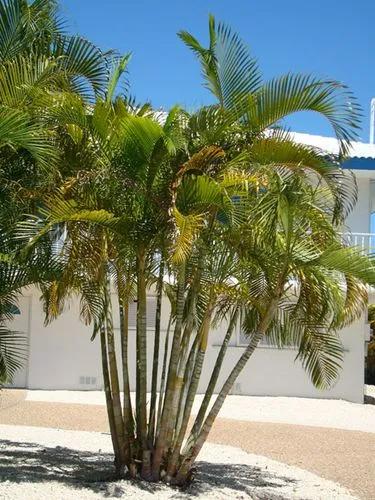The hedge knotweed or hedge knotweed is a species of knotweed (Fallopia) in the knotweed family (Polygonaceae). It occurs in the temperate latitudes of Eurasia and grows on hedges and bushes as well as forest fringes and clearings.
Hedge Knotweed Care
Fallopia dumetorum



Fallopia dumetorum is an annual herbaceous plant. The usually 60 to 150 centimeters, more rarely up to 3 meters long stem grows creeping and climbing and right-winding; in contrast to the very similar knotweed (Fallopia convolvulus), it is round and smooth. All parts of the plant are bare.
The root is spindle-shaped. The leaves are divided into a petiole and a leaf blade. At the base of the petiole there is a nectar pit. The leaf blade is elongated and pointed and at the base of the blade it is arrow-shaped to heart-shaped with two lateral, triangular or rounded lobes.
This plant might be poisonous
How to get rid of: Hand pulling needs to be done carefully to ensure there is a minimum of soil disturbance. Many weeds flourish when soil is disturbed.
Removal of small weeds can be achieved by placing one hand flat on the ground with the weed between two fingers. As the hand is pressed toward the ground the second hand can carefully remove the weed. If soil is disturbed it should be tamped back in place to minimise the opportunity for another weed to become established
How to Care for the Plant

Popularity

622 people already have this plant 62 people have added this plant to their wishlists
Discover more plants with the list below
Popular articles






